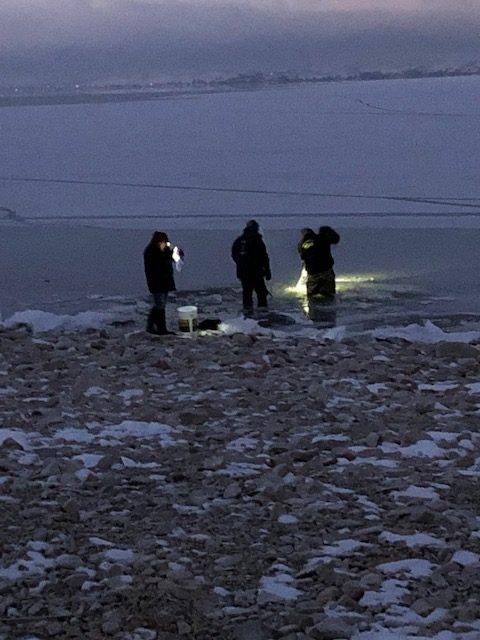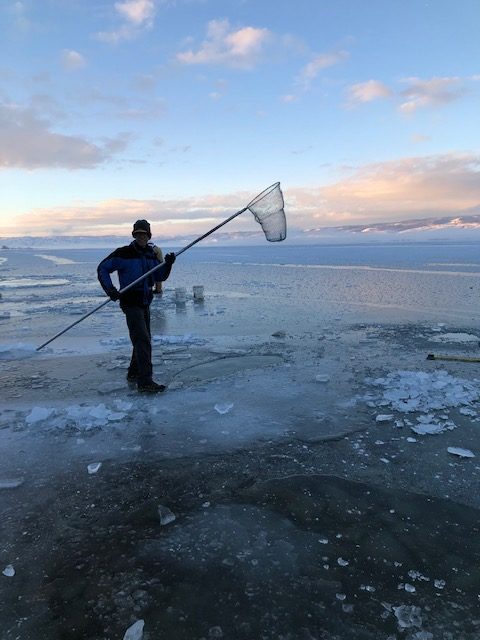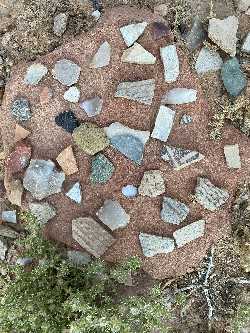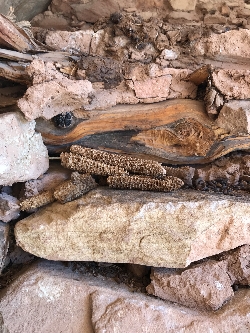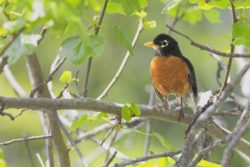
Courtesy Pixabay,
Chakraaphotography, contributor
Now, I’m only a ripe old 31 and the last good winter, true winter, winter like winter should be, I remember is still lodged in that ever-expanding haze of childhood I once thought only existed with fogies. Once you get that haze behind you though, it seems you’re always nostalgic, at least now where winter is concerned, if you are concerned about winter.
But that last ‘normal’ winter I recall, I can’t even give you a year, or my age to be fair. I just feel like it was back there, way back. The kind of winter that used to make glaciers seed and grow, that was more than just some storms. If I remember correctly, I remember remembering. Now that I think of it, it may have actually been a story my parents or grandparents told me about how winters used to be. Cold and snow from stem to stern, pillowy white nivian firmament blanketing every ski hill, and quieting every night, all the way until the very edge of spring when a great melt would rise up and make the world descend into mud. To be honest, I would even expect that my last memory of a good winter was a tale I was told to placate me when we had even poor winters back then that made my folks nostalgic. But even those off winters which rubbed my folks into remembrance it appears take me, too. Even my poor childhood winters are perhaps truer than those I see today. That certainly lifts the spirits. Woof. It makes me miss even more that which I’ve never even had.
But then the better of me gets in, and I look out my window and see that it’s not gone yet, as rickety as it may be. I recall that it is disingenuous to pray for something imagined as gone and not to thank it when it’s actually here. That’s how I was raised at least. Gratitude is not rocket science. But it is work.
By that I mean that work is the greatest gratitude we can show. Work towards winter and water and snow means more than utterances and nostalgia and certainly desperation. And I’m not afraid of the work. I wasn’t raised to be. Work isn’t hard, it’s just difficult. I was taught that just because we do not inherit the blame does not mean that we do not inherit the responsibility. But if we do not take up this effort, then the blame shall be more ours than even those before. Do we want to be the people who could have done something, or those who did?
Now, I know at this point the next generation will likely too only know a world with whatever-we-call-this being considered a “good childhood winter” in their grand arc of life, but I refuse to let them see what could’ve been get in the way of what can be once more. All it will take is many years of nonstop intergenerational gracious work by all of us. I don’t think that’s too much to ask.
I’m tired of praying for snow because I remember remembering what it once was. Even though I’d rather see than believe, I’ll be thankful for what is here. From grief there is a pathway to thankfulness, and from thankfulness there is a pathway to action. It may be that you cannot see the way, but that does not negate that it is there. So, even in the waning days of another rickety winter, let’s mold our dourness to be thankful for what we do have, and turn our gratitude into the work necessary to make our prayers increasingly more often in thanks rather than in desperation.
I’m Patrick Kelly, and I’m Wild About Utah.
Credits:
Images: Courtesy Pixabay, , Photographer
Audio: Courtesy & © Kevin Colver, https://wildstore.wildsanctuary.com/collections/special-collections
Text: Patrick Kelly, Director of Education, Stokes Nature Center, https://www.logannature.org
Included Links: Patrick Kelly & Lyle Bingham, Webmaster, WildAboutUtah.org
Additional Reading
Wild About Utah, Posts by Patrick Kelly
Stokes Nature Center in Logan Canyon, https://www.logannature.org/

